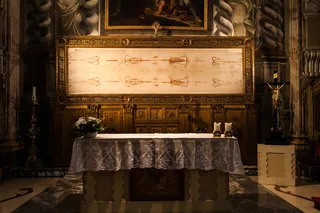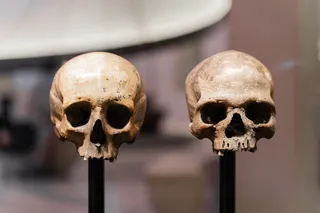Genetic analysis has uncovered the mysterious origin of the Picts, a people group that lived in many parts of northern Britain roughly 1,500 years ago.
Research reveals that the ethnic group, which many thought might have come from Eastern Europe, had a local origin similar to other British Celtic groups.
“They matched closer to the Iron Age British genome,” says Adeline Morez, a paleogeneticist at the French National Center for Scientific Research in Paris.
The Picts have long been an enigmatic people, due in part to the fact that these ancient British people did not leave behind any of their own written accounts.
The Picts are mostly known for symbols they carved on monoliths that are still present throughout Scotland. Other than these markings, much of what we know about this group of people — who lived from roughly A.D. 300 to 900 in what is now Scotland — comes ...















